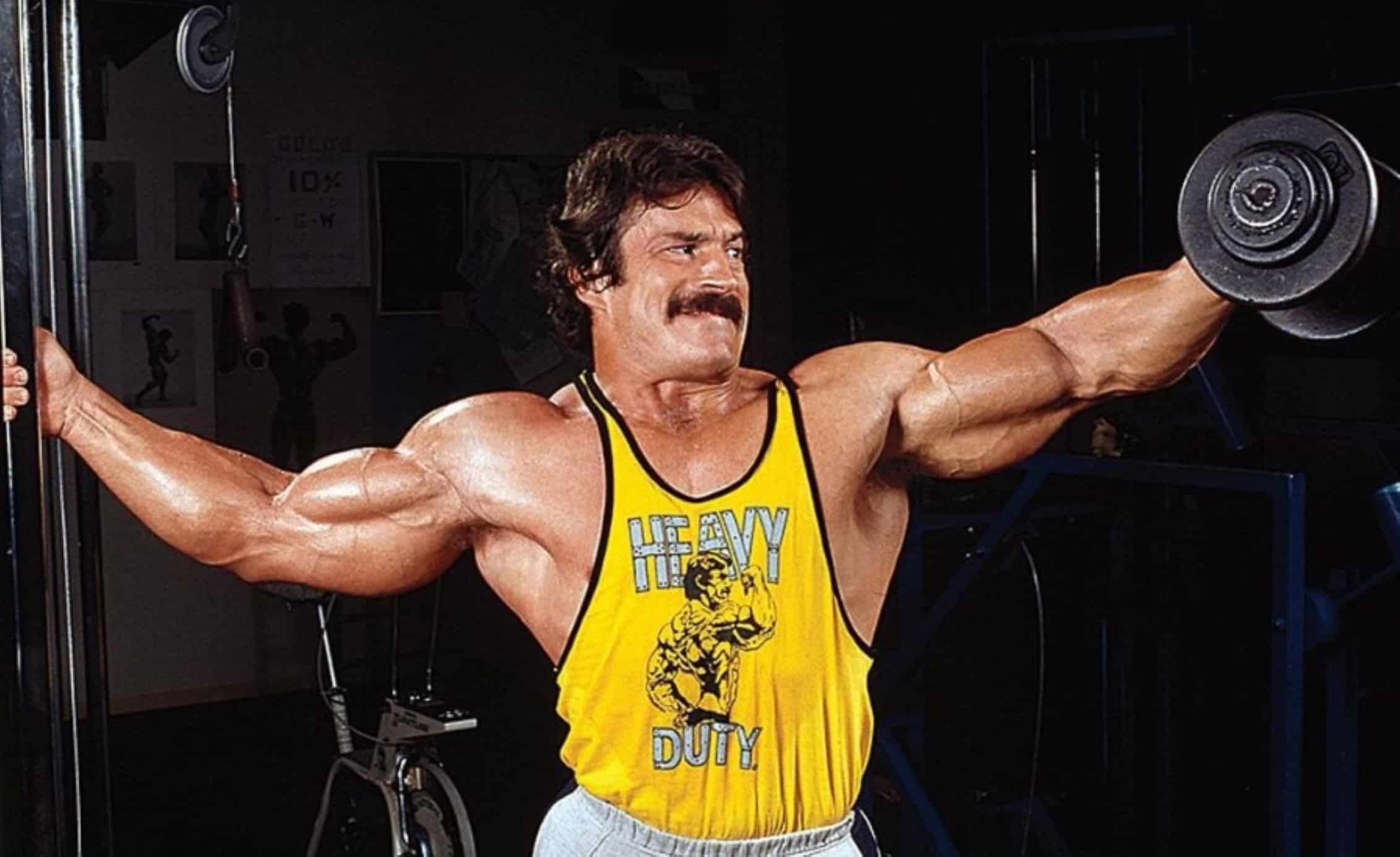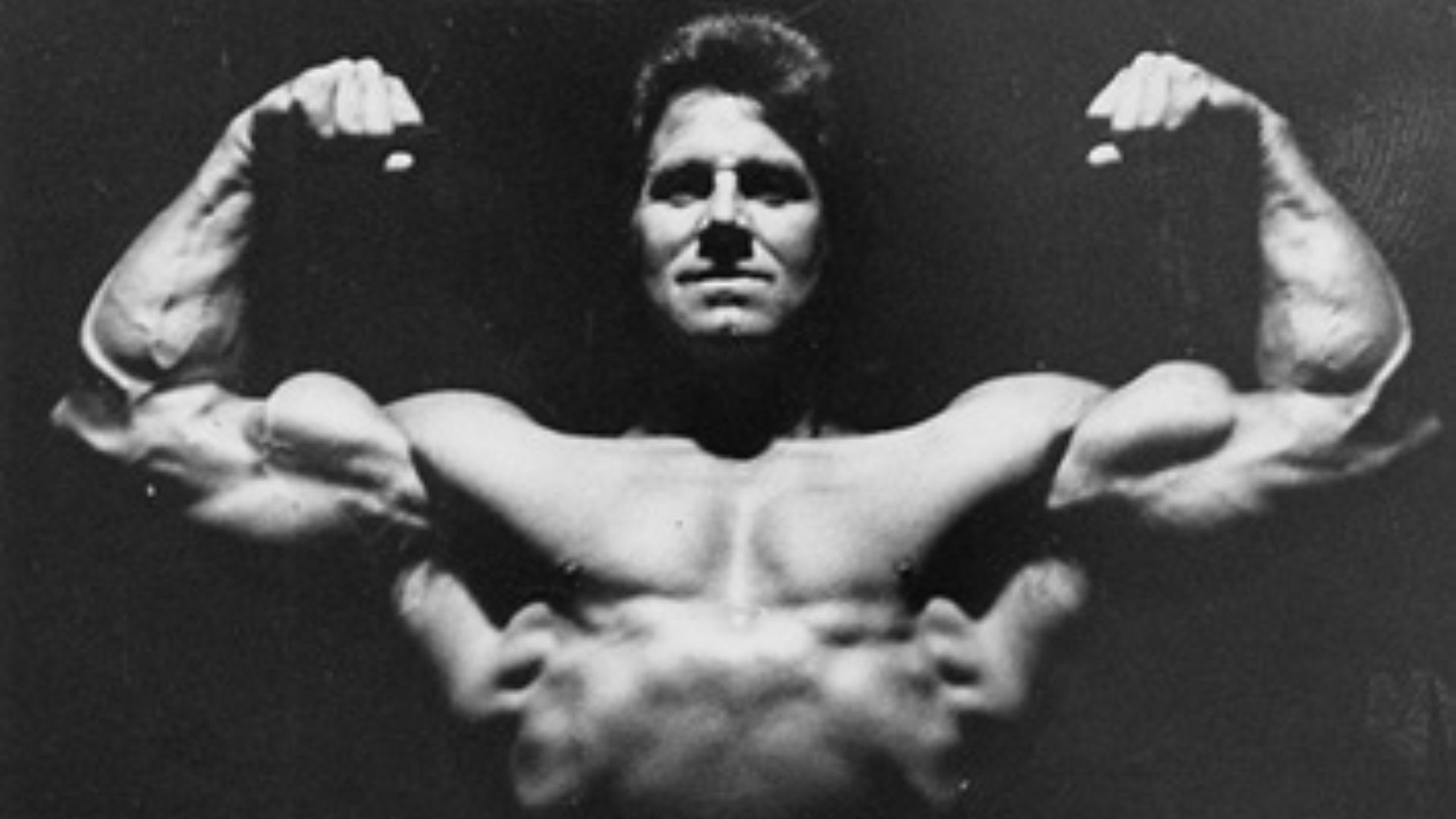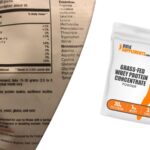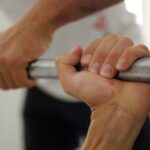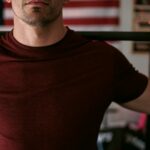Forearms Training Hub: Exercises and Workout Tips for Bigger and Stronger Forearms
Your forearms might not get the same attention as your biceps or chest, but they’re one of the most important muscle groups in your upper body. Strong forearms improve your grip strength, making you better at pulling movements, lifting heavier weights, and even performing day-to-day activities like opening jars or carrying groceries. And let’s be honest—thick, well-developed forearms just look badass. They add to the overall look of a strong physique, giving your arms that powerful, complete aesthetic.
Forearm Training Articles
Looking for a new way to train your forearms? Current exercises not producing results? Here’s everything we know about training forearms – whether your goal is to get stronger or more massive – or both!
Are Wrist Curls a Waste of Time? The Best Forearm Exercises for Real Growth

Wrist curls have been a staple in bodybuilding routines for decades. You’ve probably seen some guy at the gym sitting on a bench, forearms resting on his thighs, cranking out high-rep wrist curls with baby weights. But let’s be real—how…
Grip Strength vs. Forearm Size: What’s More Important for Lifting Performance?

When it comes to lifting heavy, grip strength and forearm size are often talked about as if they’re the same thing. But are they really? You might see a guy with massive forearms struggling to hold onto a deadlift, while…
Why Your Forearms Aren’t Growing (And How to Fix It)

If you’ve been lifting for a while but your forearms still look like they belong to a gamer who just pulled an all-nighter, it’s time to rethink your approach. A strong set of forearms not only completes your physique but…
Best Forearm Exercises
Compound Movements
- Deadlifts – One of the best ways to build raw grip strength and forearm size.
- Pull-Ups (Especially With a Fat Grip or Towel) – Forces your forearms to work harder to hold onto the bar.
- Farmer’s Carries – A simple yet brutally effective exercise for grip and forearm endurance.
- Barbell Rows – Forces the forearms to maintain grip strength under tension.
Isolation Exercises
- Wrist Curls (Barbell or Dumbbell) – Focuses on the forearm flexors.
- Reverse Wrist Curls – Targets the extensors to create a balanced look.
- Hammer Curls – A biceps exercise that also smokes the brachioradialis (the thick muscle on top of your forearm).
- Plate Pinches – Great for building crushing grip strength and finger endurance.
Workout Routines to Help with Forearms
The forearm is packed with muscles that handle wrist flexion, extension, and grip strength. The two primary muscle groups are:
- Flexors – Located on the inner side of your forearm, responsible for wrist flexion and gripping. These are the muscles that really pop when you’re carrying heavy dumbbells.
- Extensors – Located on the outer side of the forearm, responsible for wrist extension. These give the forearm that balanced, thick look from all angles.
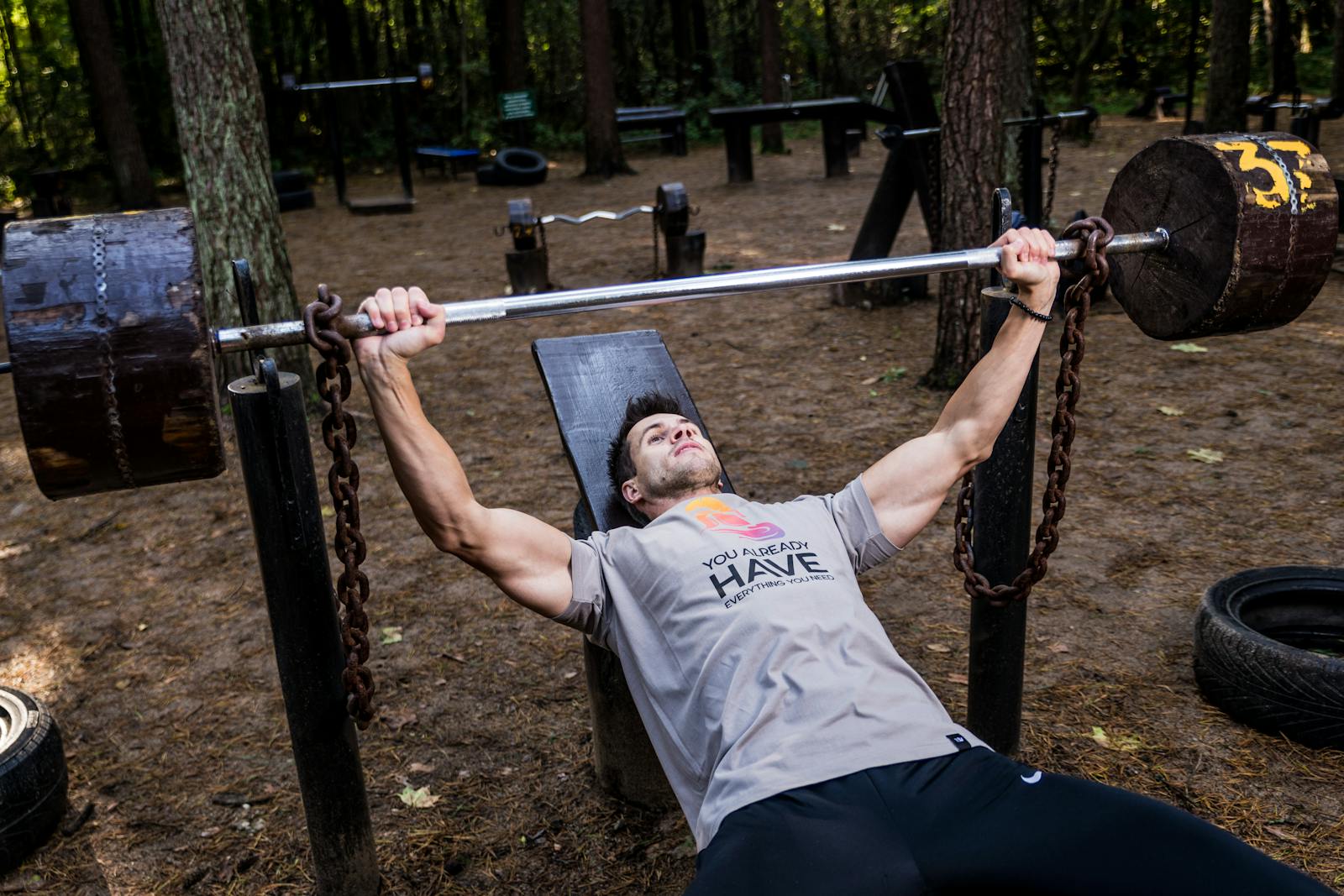
Top 13 Bodybuilding Training Routines
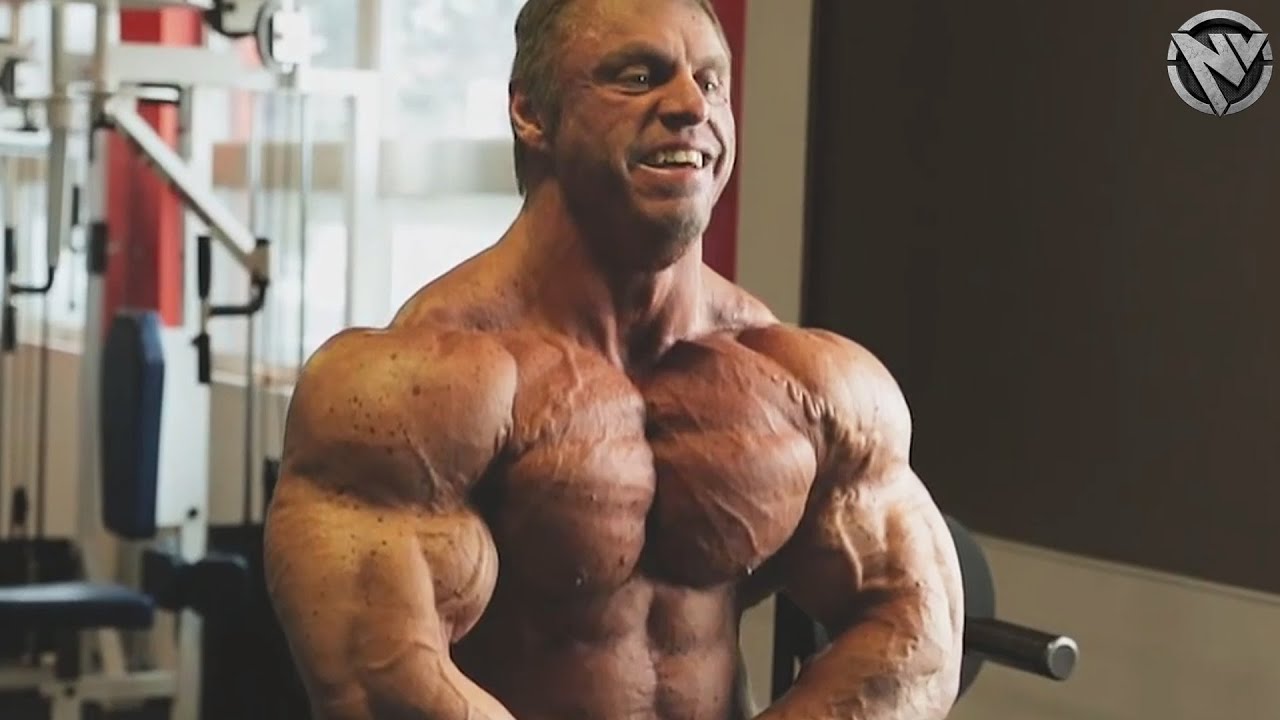
Mountain Dog Training by John Meadows
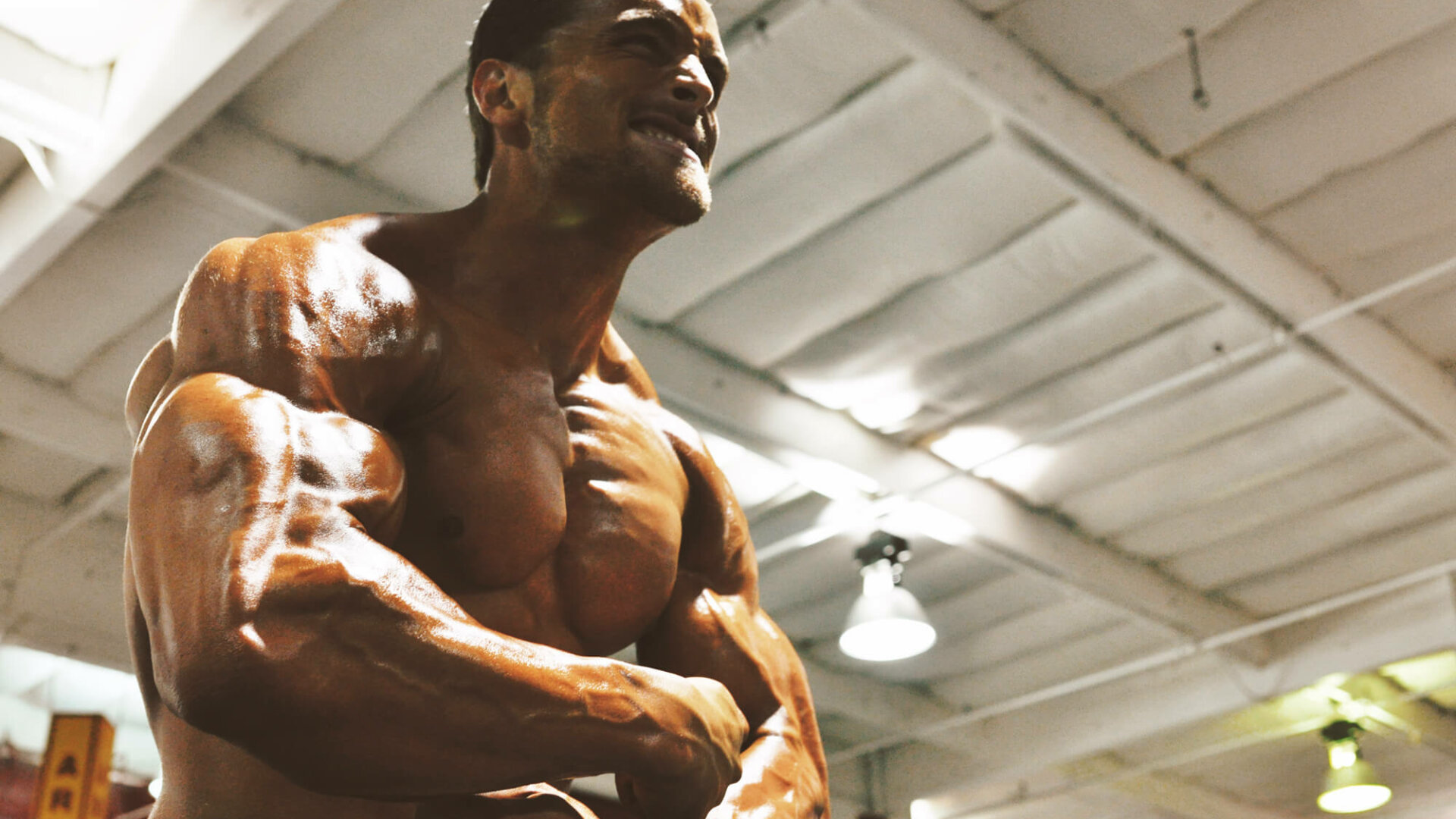
Layne Norton’s PHAT Workout: Why It’s Perfect for Natural Lifters
Why Forearm Training Matters
If your grip is weak, your entire training suffers. A strong grip helps with deadlifts, pull-ups, rows, and even pressing movements. You can’t lift what you can’t hold, which is why athletes, powerlifters, and bodybuilders all prioritize forearm and grip training.
Beyond strength, forearms are one of the most visible muscles on your body. You can wear a hoodie and still have jacked forearms peeking out, showing that you lift without saying a word.
FAQ
Since they’re used in almost every upper-body movement, forearms recover quickly. Training them 2-3 times per week with direct work can maximize growth without overtraining.
While heavy pulling exercises help, direct forearm training can take them to the next level, especially if grip strength is a limiting factor.
To some extent, yes. But for well-rounded development, incorporating isolation work ensures you don’t have weak points.
Forearms are mostly slow-twitch muscle fibers, meaning they’re built for endurance. That’s why high-rep, high-volume training with farmer’s carries, plate pinches, and wrist curls works so well.
Fitness Influencers on Training Forearms
How does your favorite fitness influencer train forearms? We watched hours of forearm training content on YouTube and found these to be the most helpful when it comes to training forearms!
Jeff Nippard
ATHLEAN-X
Renaissance Periodization
The Key to Grip Strength and Aesthetic Arms
Neglecting forearm training is a huge mistake if you want a stronger, more aesthetic upper body. A mix of heavy lifting, grip work, and direct isolation exercises will give you thicker, more powerful forearms that not only look impressive but also boost your performance in every other lift.
Train your forearms with intensity, and you’ll never struggle with grip strength or scrawny-looking arms again.


